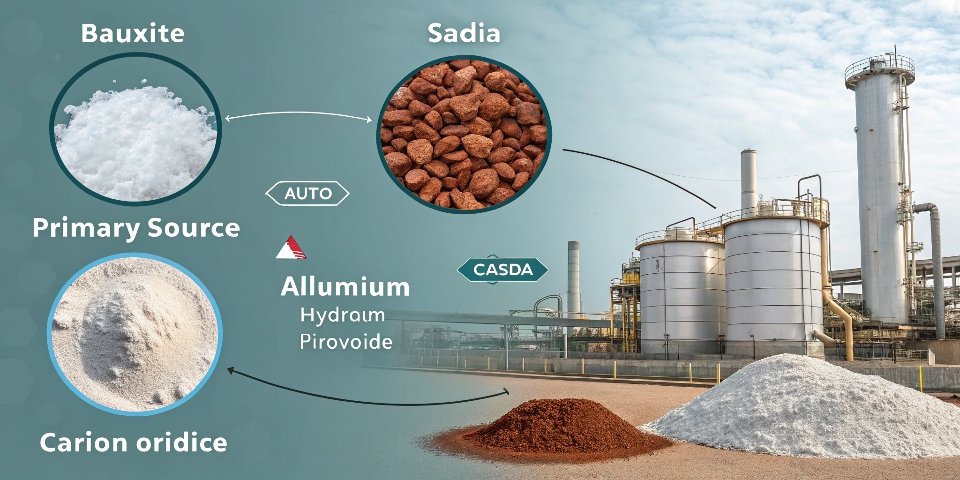
Understanding your supply chain from the very beginning is crucial. The process for making industrial chemicals can seem complicated, but it all starts with one primary raw material from the earth.
Aluminum hydroxide is almost exclusively manufactured from a natural ore called bauxite. The industrial method used universally is the Bayer process, which uses caustic soda (sodium hydroxide) and significant energy to chemically extract and purify the aluminum hydroxide from the bauxite rock.

The process is elegant chemistry, but what really matters for buyers is where this process can be done cheaply and reliably. As someone who oversees production here in Henan, I know that the where is just as important as the how. The vast resources required for the Bayer process are why China has become the global hub for manufacturing this essential product. Understanding this simple process explains why sourcing directly from a Chinese factory like ours is your most cost-effective choice.
What is the raw material of aluminum hydroxide?
You know the name, bauxite, but what is it really? Thinking it’s a pure substance can lead to misunderstandings about quality and cost in the final product you receive.
The single most important raw material for aluminum hydroxide is bauxite ore. This is a reddish-brown, clay-like rock that is a mixture of aluminum oxides, iron oxides, and silica. The concentration of aluminum in the bauxite directly impacts the production cost.
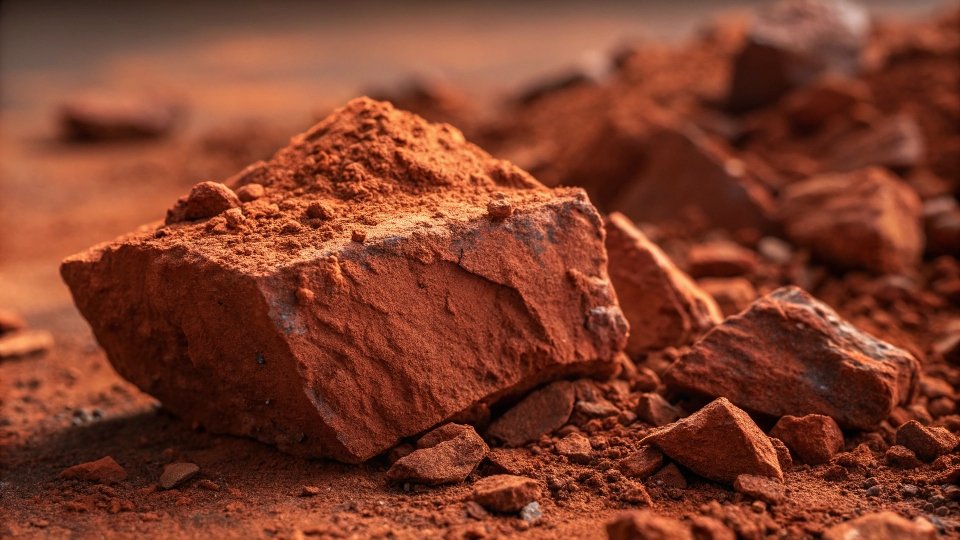
Bauxite is not a man-made chemical; we mine it from the earth. Its quality varies a lot depending on where it’s from. High-grade bauxite1 has more aluminum and fewer impurities, which makes our job easier and the process more efficient. The red color you see comes from iron oxides, which become the main component of "red mud2," the primary byproduct of the process. At our factory, securing a stable supply of good-quality bauxite is the first, essential step. Our location within China gives us access to both domestic reserves and efficient ports for importing specific grades. This level of supply chain3 control is fundamental to providing a consistent, high-quality product at a competitive price. An experienced buyer like Mr. Park in Korea understands that this upstream stability is vital for his own business.
How do you make aluminium hydroxide?
The "Bayer process" sounds like a mysterious black box. This makes it hard to understand the real costs and resource needs, which directly affect the price and stability of your supply.
We make aluminum hydroxide using the Bayer process. First, we digest crushed bauxite in hot caustic soda. Second, we clarify the mixture to filter out impurities. Finally, we precipitate pure aluminum hydroxide crystals from the solution, which are then washed and dried.
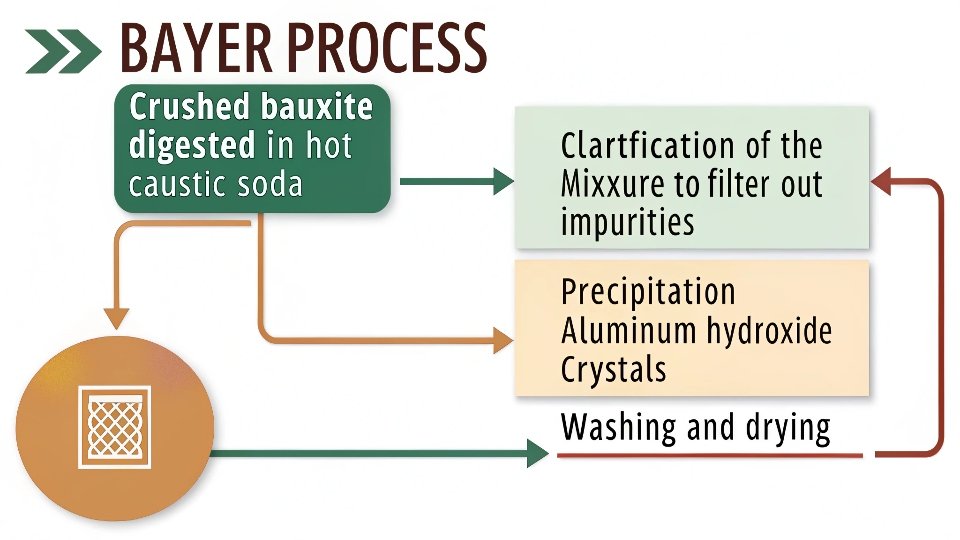
This process has been the industry standard for over a century for a reason: it’s incredibly effective at producing high-purity material. But it’s very resource-intensive. Let me break it down from my factory-floor perspective:
- 1. Digestion: This step requires immense heat and pressure. We use a lot of steam, which means we need a massive, reliable source of energy to run our boilers.
- 2. Clarification & Washing: This part uses huge volumes of water to wash the product and separate it from the red mud impurities.
- 3. Precipitation: This step needs large tanks and precise temperature control to grow the crystals to the right size.
This is where China’s industrial advantages become critical. We have the world’s largest power grid, providing cheap, stable electricity. We have the necessary water resources. And our factories, facing clear national environmental standards4, have invested in the purification systems to manage byproducts responsibly. This ensures we can operate continuously, providing a supply you can depend on.
What is aluminium most commonly used in the manufacture of?
You are buying aluminum hydroxide for your specific application, like flame retardants. But you might not realize that this use is only a small part of the total global production.
The vast majority of all aluminum hydroxide produced is not sold as a powder. Instead, it is immediately used to manufacture alumina (aluminum oxide), which is the essential raw material that gets smelted to create all the world’s aluminum metal.
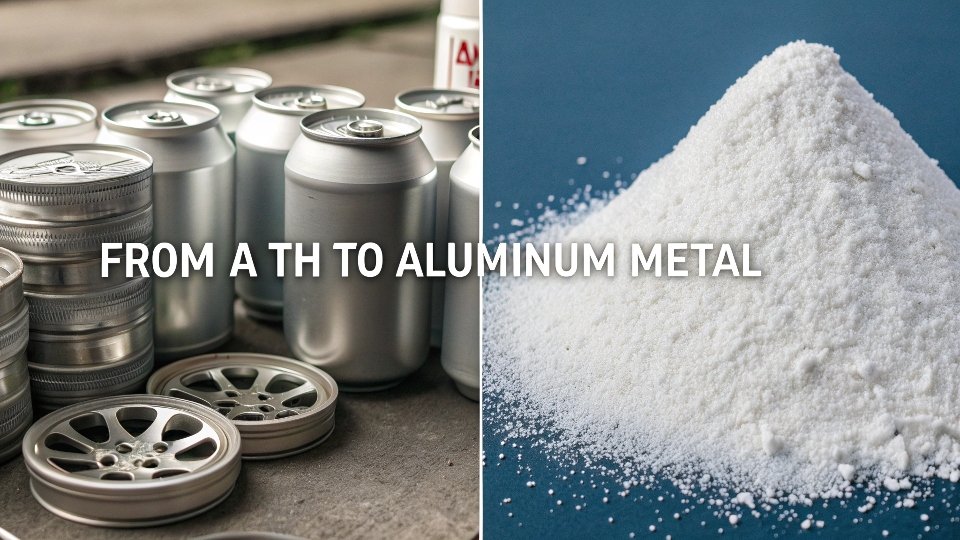
The aluminum hydroxide powder we sell is just one stop on a much longer journey. The main path involves taking our pure Al(OH)₃ powder and heating it to over 1,100°C. This process, called calcination5, drives off the water molecules, leaving pure alumina (Al₂O₃). This alumina is the feedstock for the final, most energy-intensive6 step: smelting. The Hall–Héroult process passes an enormous electric current through the alumina to separate the aluminum metal. This step consumes more electricity than almost any other industrial process on earth. This is the ultimate reason why China is the center of this industry. Only a nation with an excess of low-cost, stable electricity can support a global-scale aluminum smelting industry. Because we are part of this massive, efficient ecosystem, our production costs for the initial aluminum hydroxide are lower as well.
What is aluminium hydroxide made of?
We’ve covered the primary ore, bauxite. But the rock itself doesn’t just turn into a pure white powder on its own. It needs a special chemical key to unlock the aluminum inside.
Besides bauxite, the other critical material is caustic soda (sodium hydroxide, NaOH). This powerful chemical is used in the Bayer process to dissolve the aluminum compounds from the ore. This allows them to be separated from the solid impurities like iron and silica.
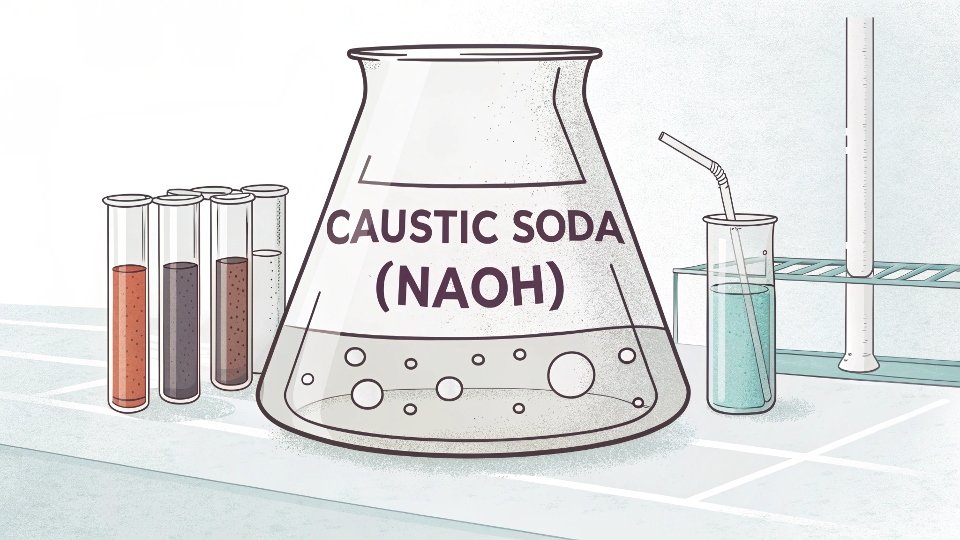
Caustic soda is the active ingredient in the "digestion" phase. We mix it with the crushed bauxite and heat it, creating a sodium aluminate solution. Everything that doesn’t dissolve—the red mud—can then be filtered out. The beauty of the Bayer process is that much of this caustic soda7 is recycled and used again, but the infrastructure to handle and regenerate it is significant. This points to another advantage of sourcing from China. We have a huge domestic chemical industry that produces caustic soda efficiently. This is part of the mature industrial ecosystem that has been built here over decades. As factories transition to selling directly, like we are, you get to benefit from this entire ecosystem’s efficiency, cutting out the middleman and getting a better price.
Conclusion
Aluminum hydroxide is made from bauxite ore using the energy-intensive Bayer process. China’s unparalleled advantages in low-cost energy and resources make it the world’s most logical and cost-effective manufacturing location.
-
Learn about bauxite, the primary raw material for aluminum production, and its importance in the industry. ↩
-
Learn about red mud, a byproduct of aluminum production, and its environmental implications. ↩
-
Explore the impact of supply chain management on the efficiency and cost-effectiveness of aluminum production. ↩
-
Discover the importance of environmental standards in ensuring sustainable industrial practices. ↩
-
Discover the calcination process and its role in producing pure alumina from aluminum hydroxide. ↩
-
Understand the concept of energy-intensive processes and their implications for production costs. ↩
-
Understand the role of caustic soda in aluminum production and its chemical properties. ↩
You may also be interested in:
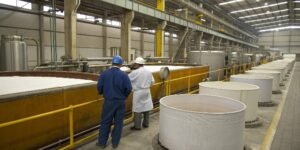
How is sodium hydroxide used in the paper industry?
Paper production is a complex process. Using the wrong chemicals can ruin pulp quality and increase costs. Sodium hydroxide is a key chemical that solves many of these challenges. Sodium

What Are the Core Properties and Production Methods of Aluminum Hydroxide?
Finding reliable aluminum hydroxide is hard. Inconsistent quality can ruin your products. Let’s explore its core properties and how it’s made, so you can source with confidence. Aluminum hydroxide is
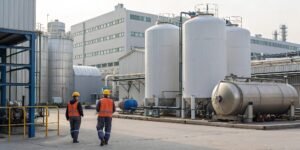
China Low Viscosity Aluminum Hydroxide Manufacturers?
Are you tired of searching for direct aluminum hydroxide factories in China? The process can be confusing, and you might be dealing with traders who raise prices. The most prominent
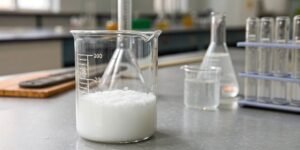
Is Al(OH)3 a solid, liquid or a gas?
Are you confused about the basic physical state of aluminum hydroxide? This uncertainty can cause problems in handling and application. Let’s clear up this fundamental question right away. Aluminum hydroxide,

Aluminum Trihydrate (ATH) Supplier in India?
Finding reliable suppliers in a vast market can be overwhelming. Do you risk quality for cost or balance both? India offers several qualified Aluminum Trihydrate (ATH) suppliers known for quality
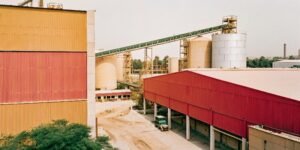
Aluminium Trihydrate Manufacturers Suppliers New Delhi?
Looking for reliable aluminium trihydrate sources in New Delhi can be overwhelming. The quality and delivery times vary. How can you find the right supplier? To find aluminium trihydrate manufacturers

Aluminium Hydroxide at Lowest Price in Bhavnagar?
Finding affordable aluminum hydroxide seems challenging, right? Manufacturers often struggle with cost, but there are ways to secure competitive prices in Bhavnagar. The best way to get low prices on

How is sodium hydroxide used in the paper industry?
Papermaking needs pure pulp, but lignin makes it weak and yellow. How do you fix this? Sodium hydroxide is the essential chemical that effectively removes these unwanted impurities. Sodium hydroxide,

Properties and Production of Aluminium Hydroxide?
Are you struggling to find a consistent, high-quality supply of aluminum hydroxide? Price fluctuations and unreliable quality from middlemen can harm your business and disrupt your production schedule. Aluminum hydroxide

How is Fine Aluminum Hydroxide Precipitated from Bayer Liquors?
Struggle with inconsistent aluminum hydroxide? Worried that poor particle size will compromise your product quality? We master the precipitation process to deliver the fine, consistent powder you require. To precipitate